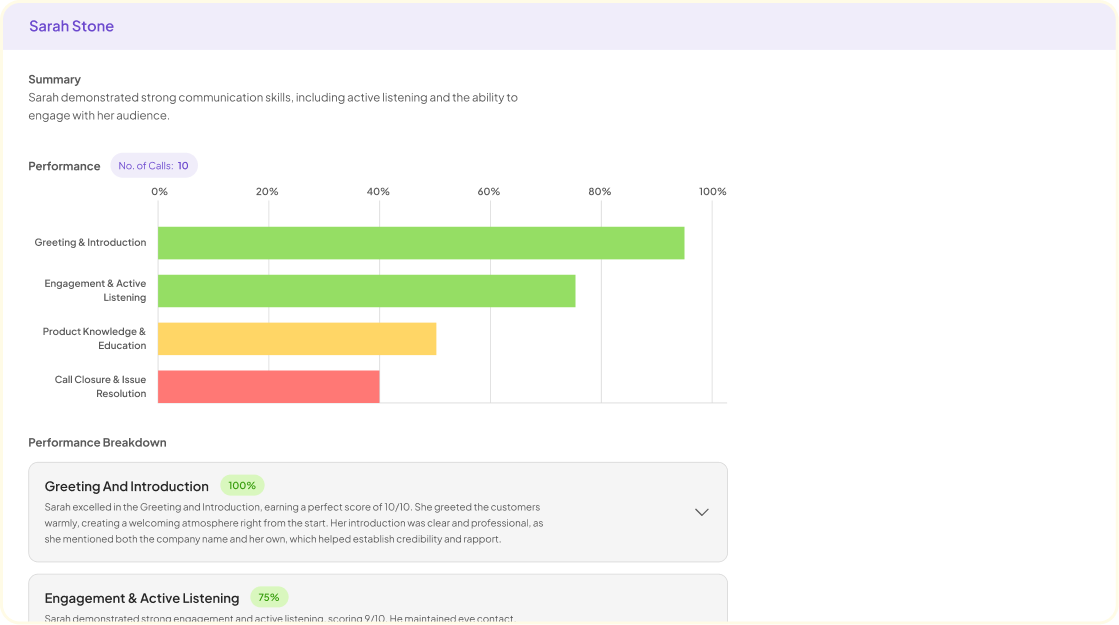Service Design Elements play a pivotal role in shaping effective user experiences and enhancing service delivery. As businesses strive to meet customer expectations, understanding these elements becomes essential. These components encompass everything from the customer journey to the interactions that define service success. They help organizations identify pain points while providing clear pathways to improve overall satisfaction.
Focusing on fundamental Service Design Elements allows companies to create tailored solutions that resonate with their target audiences. By analyzing customer feedback and needs, businesses can foster a deeper connection with their clients. Ultimately, the goal is to craft a seamless experience that not only addresses current challenges but also anticipates future demands.
Understanding the Core Components
Understanding the core components of service design elements is essential for crafting effective experiences. These elements not only help shape interactions but also ensure that services meet users’ needs efficiently. Each component plays a vital role in creating a cohesive and enjoyable user journey.
Firstly, identifying the target audience is crucial. Understanding who the customers are allows for tailored services that resonate with their specific desires and behaviors. Next, mapping out service processes helps in visualizing the user journey, pinpointing areas for improvement. Incorporating feedback mechanisms is another key element, as it enables continuous evolution based on user insights. Lastly, ensuring proper training for service personnel guarantees that the team delivers high-quality interactions consistently. By embracing these components, organizations can create meaningful experiences that resonate with users, ultimately enhancing satisfaction and loyalty.
The Role of People in Service Design Elements
People play a central role in the effective implementation of service design elements. The interactions they have and the experience they bring are crucial for shaping the customer journey. Regional customer support leads, for instance, serve as vital connectors between the organization and the clients. Their responsibilities include evaluating staff performance and facilitating important conversations, all of which enhance service quality.
A supportive team fosters an environment where service design elements can thrive. By engaging customer service representatives, marketing professionals, and learning and development staff, organizations can address customer needs more comprehensively. This collaborative effort not only improves service delivery but also creates a culture of continuous improvement. Ultimately, the people involved are the backbone of successful service design, ensuring that every element meets the expectations and needs of the customers they aim to serve.
Processes and their Impact on Service Design Elements
Processes play a pivotal role in shaping Service Design Elements. They establish the framework through which services are coordinated and delivered. By refining these processes, organizations can enhance efficiency and effectiveness, ultimately improving the customer experience. A well-designed service process directly influences various elements such as service interaction, touchpoints, and customer satisfaction.
To understand the impact of processes on Service Design Elements, consider three key areas: efficiency, consistency, and responsiveness. Efficiency refers to streamlining operations to reduce waste and improve service delivery speed. Consistency ensures that each service interaction meets defined standards, creating expectations for customers. Lastly, responsiveness highlights the ability to adapt services based on customer feedback and changing needs. Together, these areas illustrate how robust process management can strengthen the overall service experience. By focusing on these elements, organizations can foster a service environment that resonates with customers and meets their evolving demands.
Integrating Service Design Elements
Integrating service design elements effectively requires a thoughtful approach to creating cohesive user experiences. Service design elements, such as user research, touchpoints, and customer feedback, should not exist in isolation. Rather, they should be woven together throughout the service delivery process to enhance overall effectiveness. Each element plays a vital role in understanding users and adjusting services to meet their needs.
To establish a successful integration, consider three core aspects: understanding user needs, mapping service interactions, and ensuring continuous improvement. First, learning about user needs through research reveals valuable insights that guide service design. Next, mapping service interactions highlights how users experience the service and identifies critical touchpoints. Finally, fostering a culture of continuous improvement allows organizations to adapt and refine their services based on user feedback and changing needs. By connecting these service design elements, organizations can create a richer, more satisfying experience for their customers.
Tools and Technologies in Service Design Elements
In the realm of service design elements, tools and technologies play an essential role in shaping user experiences. Various platforms can facilitate the collection and analysis of customer data, enabling organizations to draw meaningful insights. For instance, data visualization dashboards help teams see patterns and trends that may not be apparent in raw data. These visual aids are crucial in decision-making, as they allow stakeholders to understand customer needs better.
Additionally, automated transcription services convert audio interactions into text, making it easier to analyze conversations for valuable feedback. This process enables service designers to identify areas for improvement and adapt strategies accordingly. Technologies designed for real-time analytics can also enhance decision-making processes, ensuring that service design reflects the current landscape of customer expectations and preferences. Such tools do not just streamline workflows; they empower teams to create experiences tailored to users’ needs, ultimately enhancing satisfaction and loyalty.
The Influence of Physical Evidence in Service Design
Physical evidence plays a crucial role in service design, shaping customer perceptions and experiences. The elements of service design are often intangible, making physical evidence essential in bridging that gap. This includes everything from the physical spaces where services are delivered to the materials used in communication. For instance, a well-designed waiting area can evoke a sense of comfort and professionalism, directly impacting customer satisfaction.
Moreover, physical evidence serves as a tangible expression of a brand's values and promises. It reinforces trust and credibility by providing customers with something concrete to relate to. Specific elements such as staff uniforms, signage, and brochures not only enhance the overall aesthetic but also communicate information clearly and effectively. By intentionally crafting these elements, businesses can create a cohesive service experience that aligns with customer expectations and fosters loyalty.
Conclusion: Embracing Service Design Elements
Integrating Service Design Elements effectively paves the way for enhancing customer experiences. These elements not only provide a structured approach but also foster a holistic understanding of service offerings. By embracing these components, organizations can identify areas in need of improvement, ultimately leading to more meaningful interactions with customers.
Moreover, embracing Service Design Elements encourages ongoing evaluation and adaptability. Organizations can consistently measure and refine their strategies, thus ensuring they remain relevant in an ever-changing market. This commitment fosters trust and satisfaction, creating a loyal customer base that feels valued and understood. Through a dedicated approach to service design, businesses can position themselves for lasting success.


